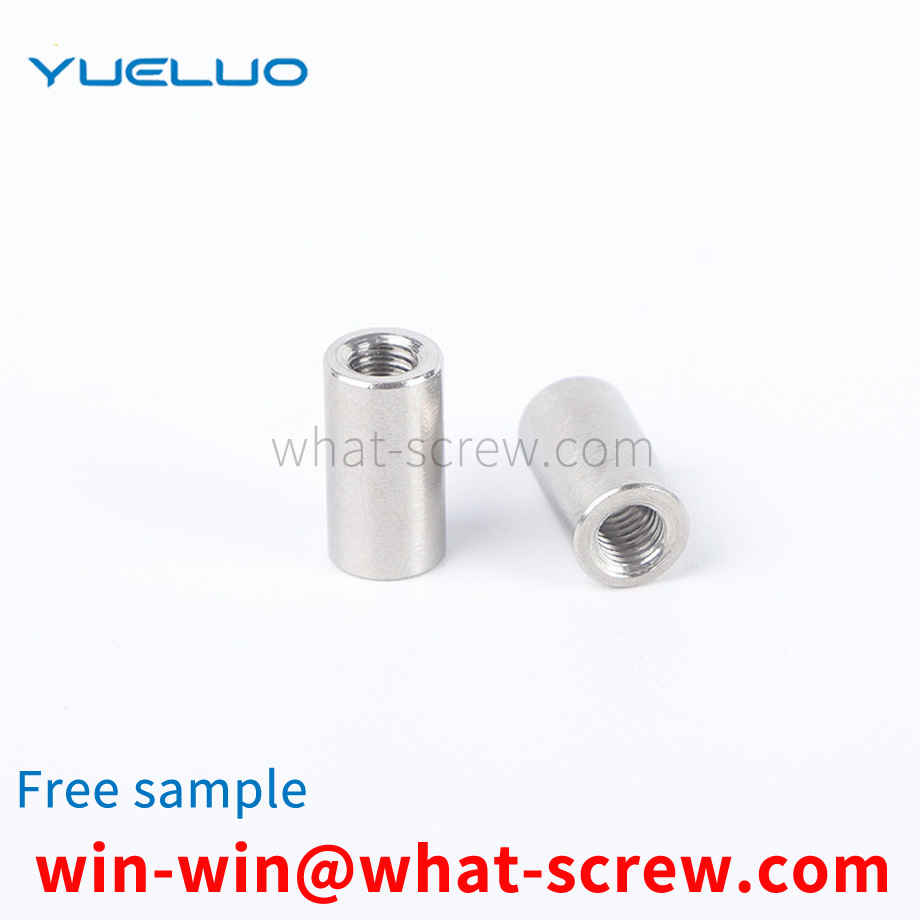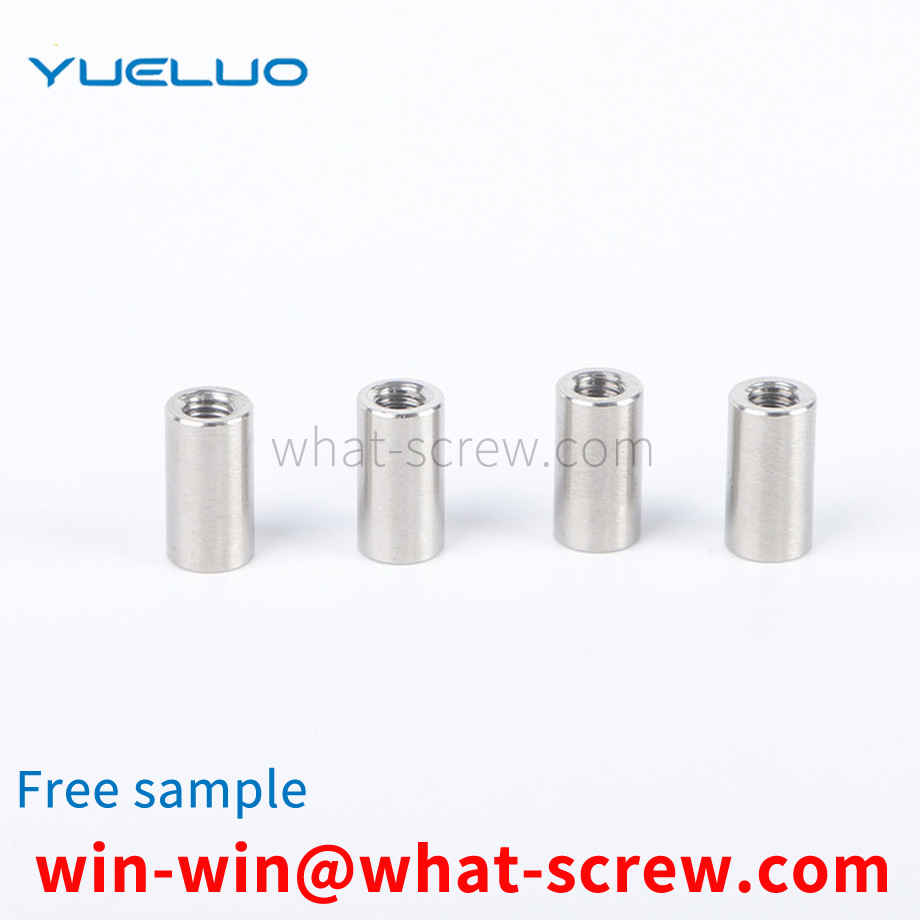China is the world's largest producer of carbon steel fasteners such as screws, nuts and bolts, and the EU is a major market for these products. In January 2009, the EU decided to impose anti-dumping duties of 26.5% to 85% on Chinese carbon steel fastener products. On July 31 of the same year, China resorted to the relevant EU legislation and anti-dumping measures to the WTO dispute settlement mechanism. The case became China's first lawsuit against the EU at the WTO. On July 15, 2011, the WTO Appellate Body issued a report and finally ruled that China won the case in the trade dispute with the European Union on fasteners. The head of the Department of Treaty and Law of the Ministry of Commerce of China welcomed the ruling on the 16th, and said that China's victory in the case is of great significance, which will help improve the competitive environment for Chinese companies in the international market including the European Union, and will also strengthen the WTO members' interest in the case. Confidence in WTO rules and the multilateral trading system. This is not only a victory for China's industry, but also a victory for WTO rules, the official said. The WTO Appellate Body found in its ruling report issued on the 15th that Article 9(5) of the EU's Basic Anti-dumping Regulations on individual tax rates violated WTO rules; at the same time, the Appellate Body overturned some of the panel's rulings and supported China's position , ruled that the EU's anti-dumping measures against Chinese screws, nuts, bolts and other carbon steel fasteners also violated WTO rules in terms of domestic industry identification, normal value and fair comparison of export prices. The head of the Treaty and Law Department of the Ministry of Commerce of China said that the EU is one of the WTO members that has initiated the most anti-dumping investigations against Chinese products in the world. unfair treatment. He said that China hopes that the EU will cancel the legislation and discriminatory anti-dumping measures that are inconsistent with WTO rules as soon as possible, treat Chinese export enterprises fairly, and effectively safeguard free trade and fair competition.
The lifting ring screw should be made of 20 or 25 steel (GB699). The lifting ring screw must be forged as a whole. The forgings should be normalized and the oxide scale should be removed. The grain size of the finished product should not be lower than grade 5 (YB27-77). There must be over-burning, crack defects.
Usually, the car wheel is fixed on the axle sleeve with positioning pins and pins, and the tire hub and the sleeve are fastened on the axle with locking nuts, lock washers, and adjusting nuts. This structure can operate normally within a certain period of time when the vehicle speed is low and the vibration is small. However, when the car runs for a long time, especially when the road surface is uneven and the load changes sharply, the axle sleeve bears a great impact. Once the shear force generated is too large, the pin will break, and the nut will be loosened. Affected, the wheel and hub will be loose. If the maintenance is not timely, or the driver is inexperienced, the car will have an accident in which the tire falls off with the wheel hub. This is extremely dangerous. So people are looking for ways to prevent wheels and hubs from falling off
Figure 1 is a schematic structural diagram of Guangdong Yueluo Hardware Industry Co., Ltd. Figure 2 is a front view of the structure of the riveted positioning block. FIG. 3 is a top view of the structure of the riveted positioning block. Figure 4 is a front view of the structure of the riveting lower die. Figure 5 is a side view of the structure of the riveting lower die. 1, I is a rivet, 2 is a riveting positioning block, 3 is a product, 4 is another product, and 5 is a riveting lower die. [0017] Referring to Figure 2, Figure 3, 2-1 is a positioning pin, 2-2 is a rivet hole, and 2-3 is a through hole. Referring to Figure 4, Figure 5, 5-1 is a positioning hole, 5-2 is a guide block, 5_3 is a countersunk screw hole, and 5_4 is a vacant hole.
1. Material strain hardening When the material is cyclically loaded, the phenomenon of cyclic strain hardening or cyclic strain softening will occur, that is, under the condition of constant cyclic strain, the stress amplitude will increase or decrease with the increase of the number of cycles. . After several cycles, the stress amplitude enters a cyclic steady state. The low-cycle fatigue of the lock nut is carried out under the condition that the strain is constant, and the strain hardening or softening of the threaded piece will affect the size of its maximum unscrewing torque. The alloy steel used to make the lock nut is a cyclic strain hardening material, and the hardening of the material will increase the elastic restoring force FN of the threaded sheet and increase the unscrewing torque.
We have many years of experience in the production and sales of screws, nuts, flat washers, etc. The main products are: natural bolts, black butterfly washers, conical lock washers, punched pins and other products, we can provide you with suitable fasteners for you. Firmware Solutions.



















 Service Hotline
Service Hotline




